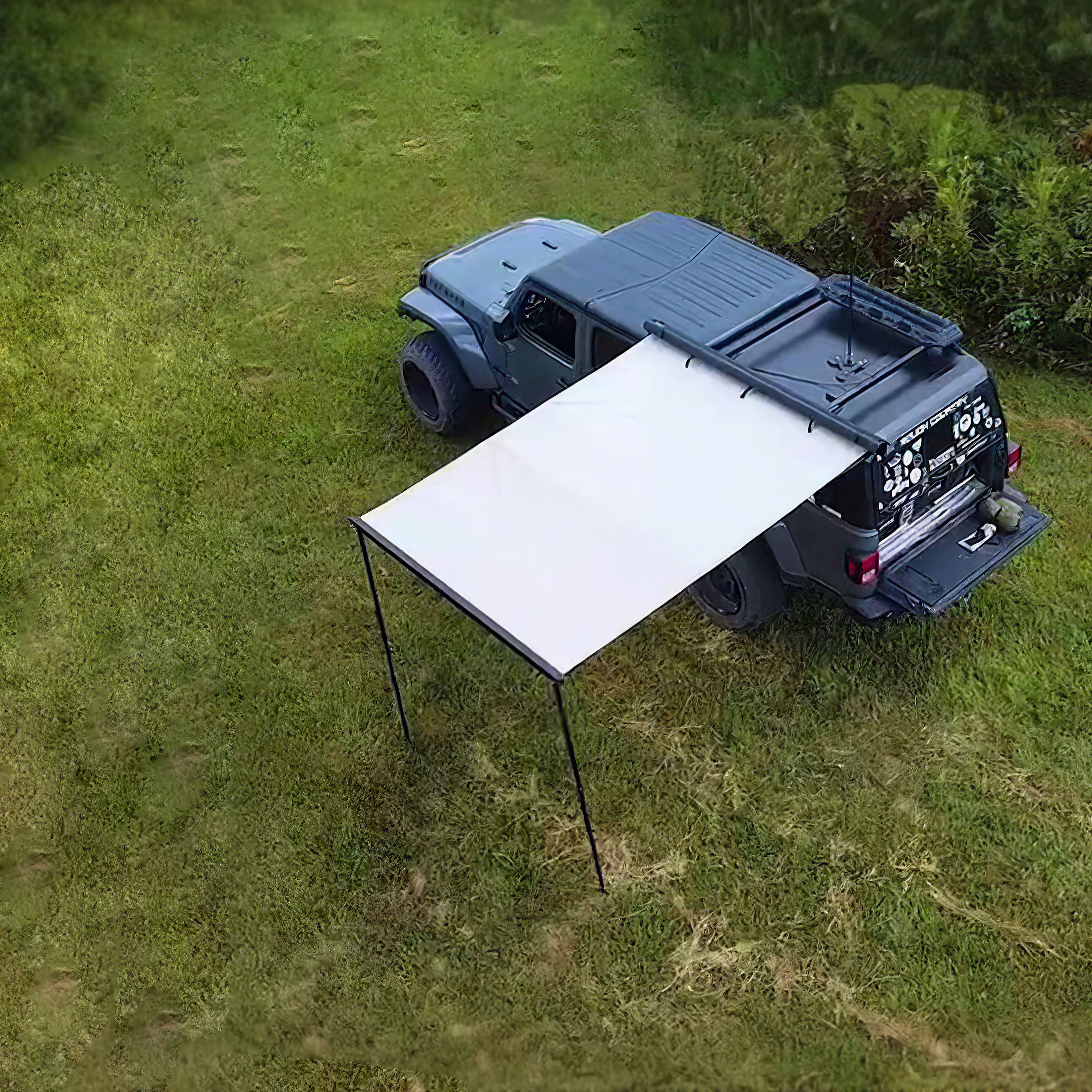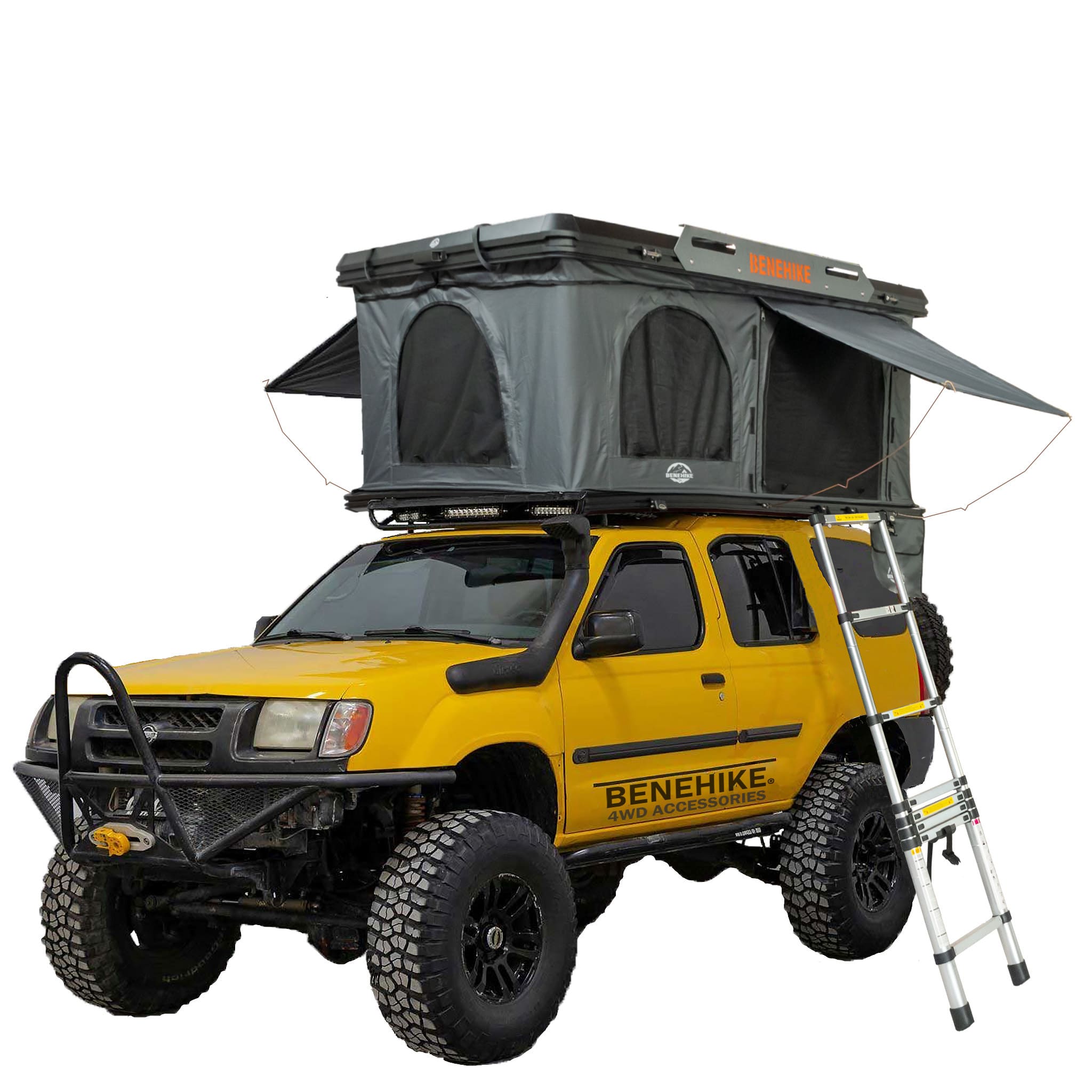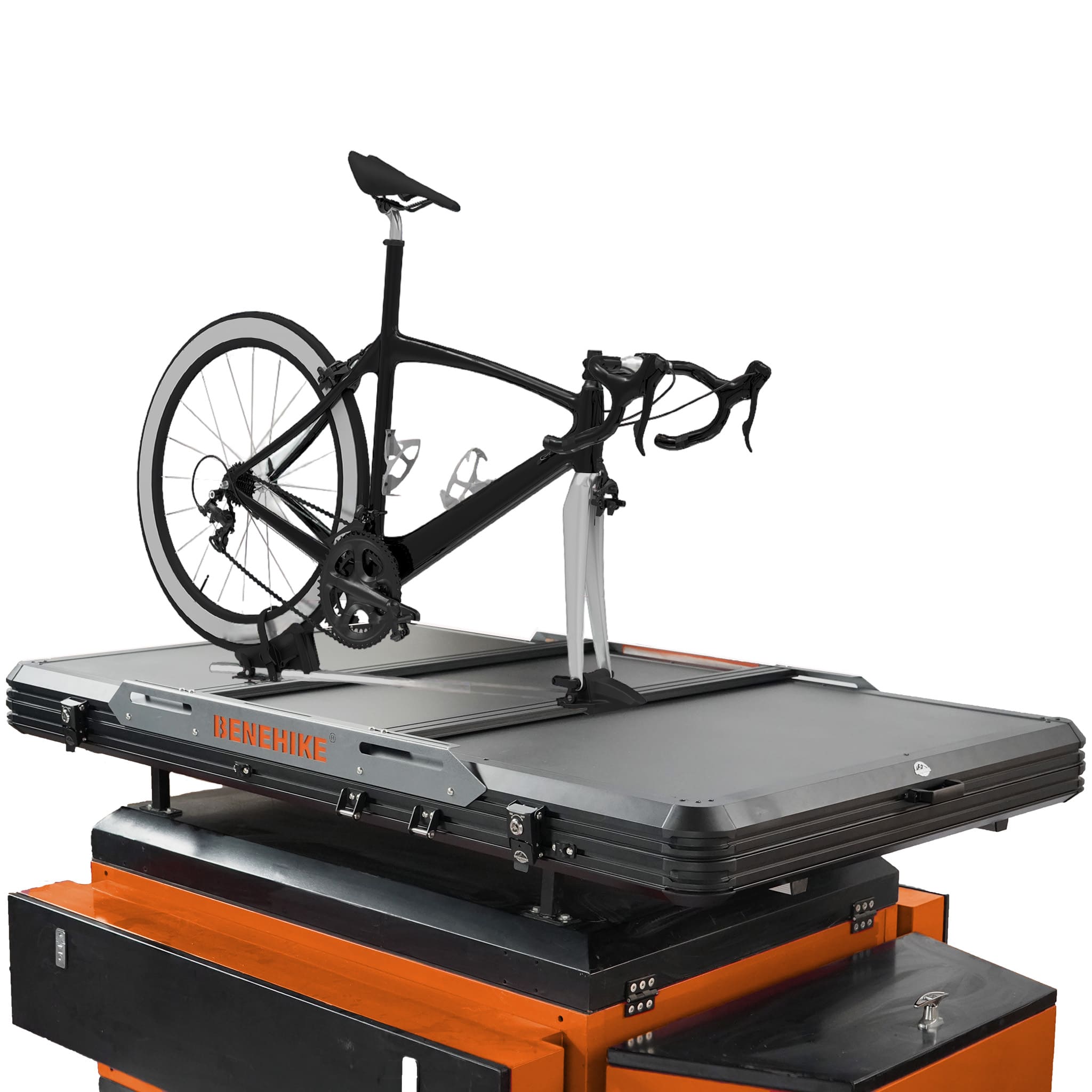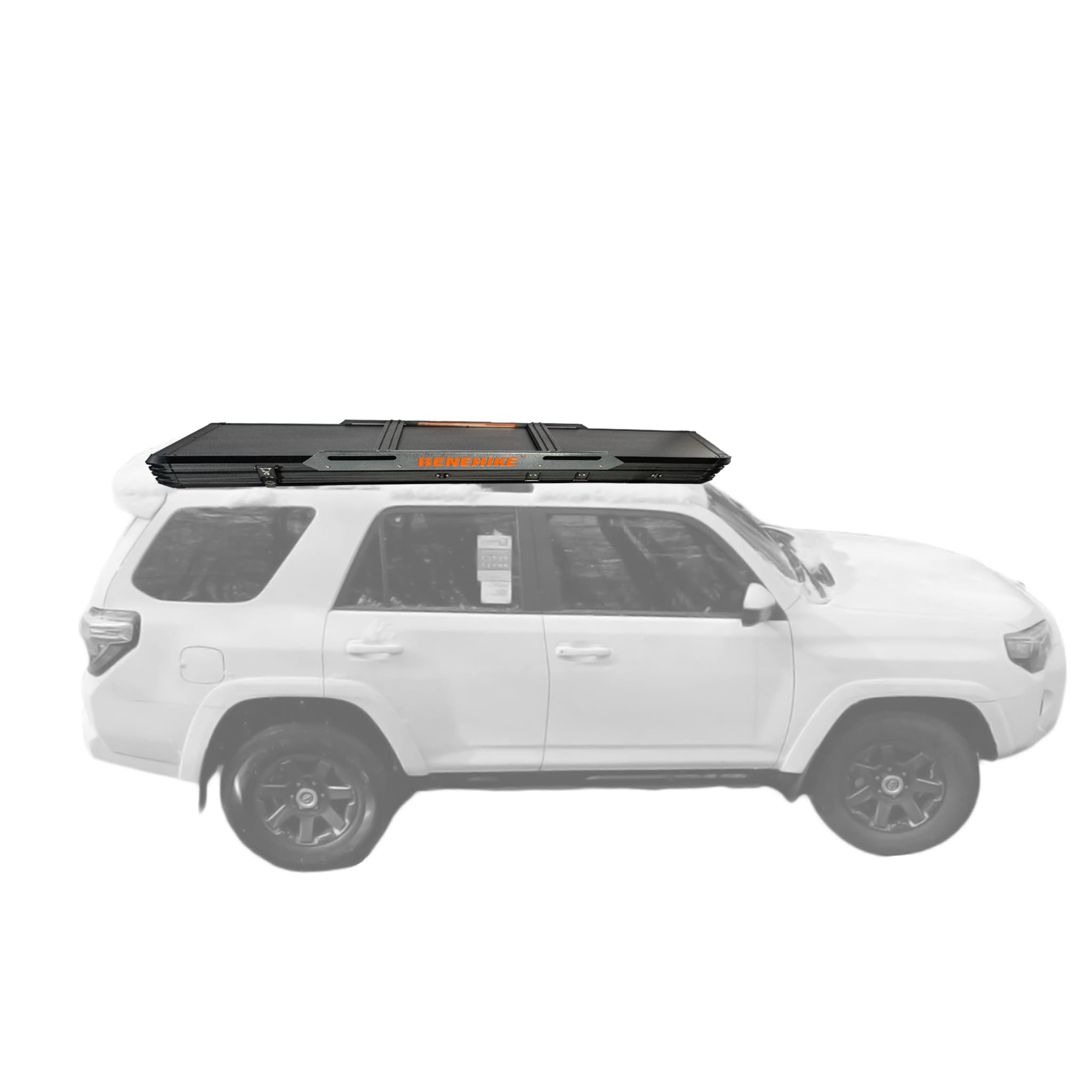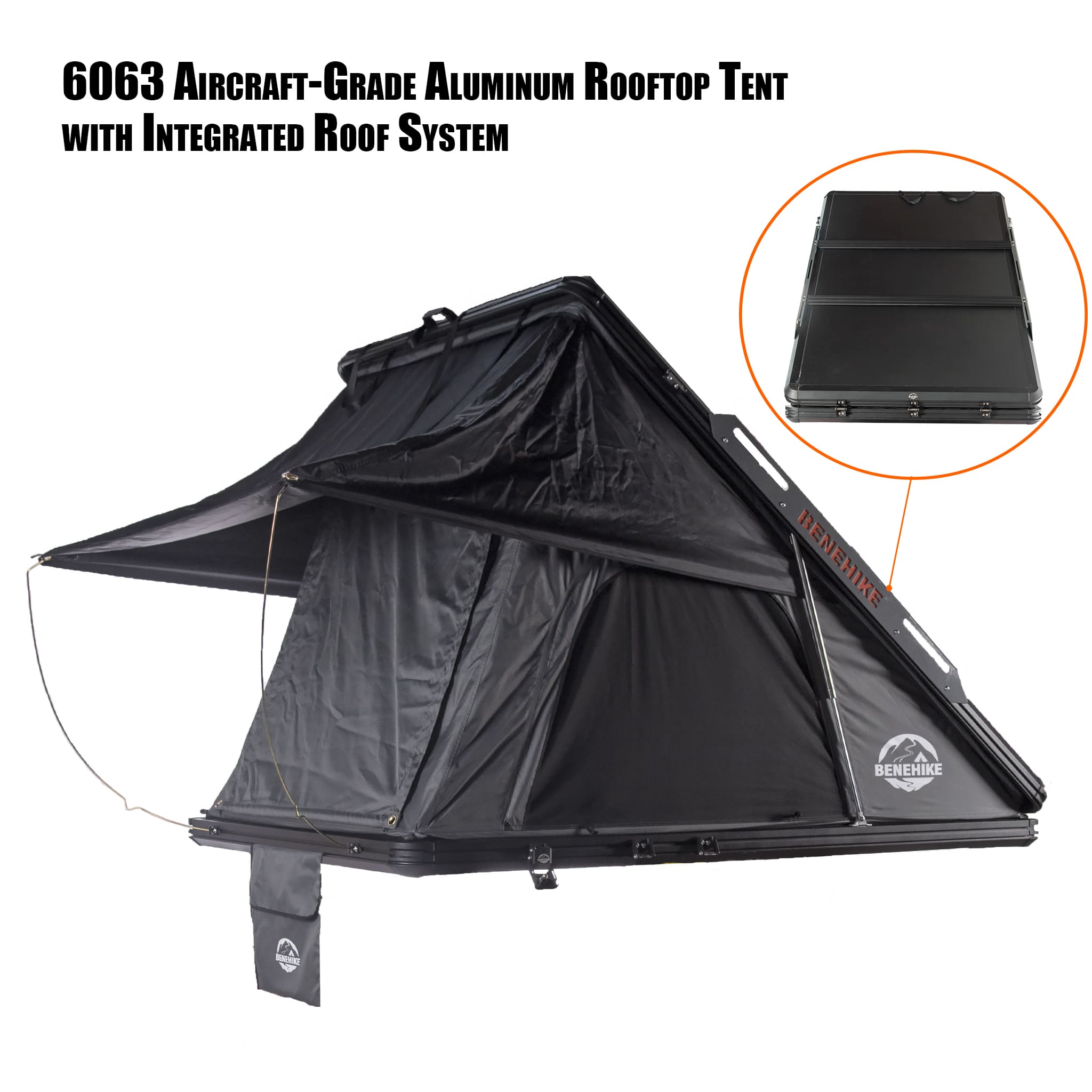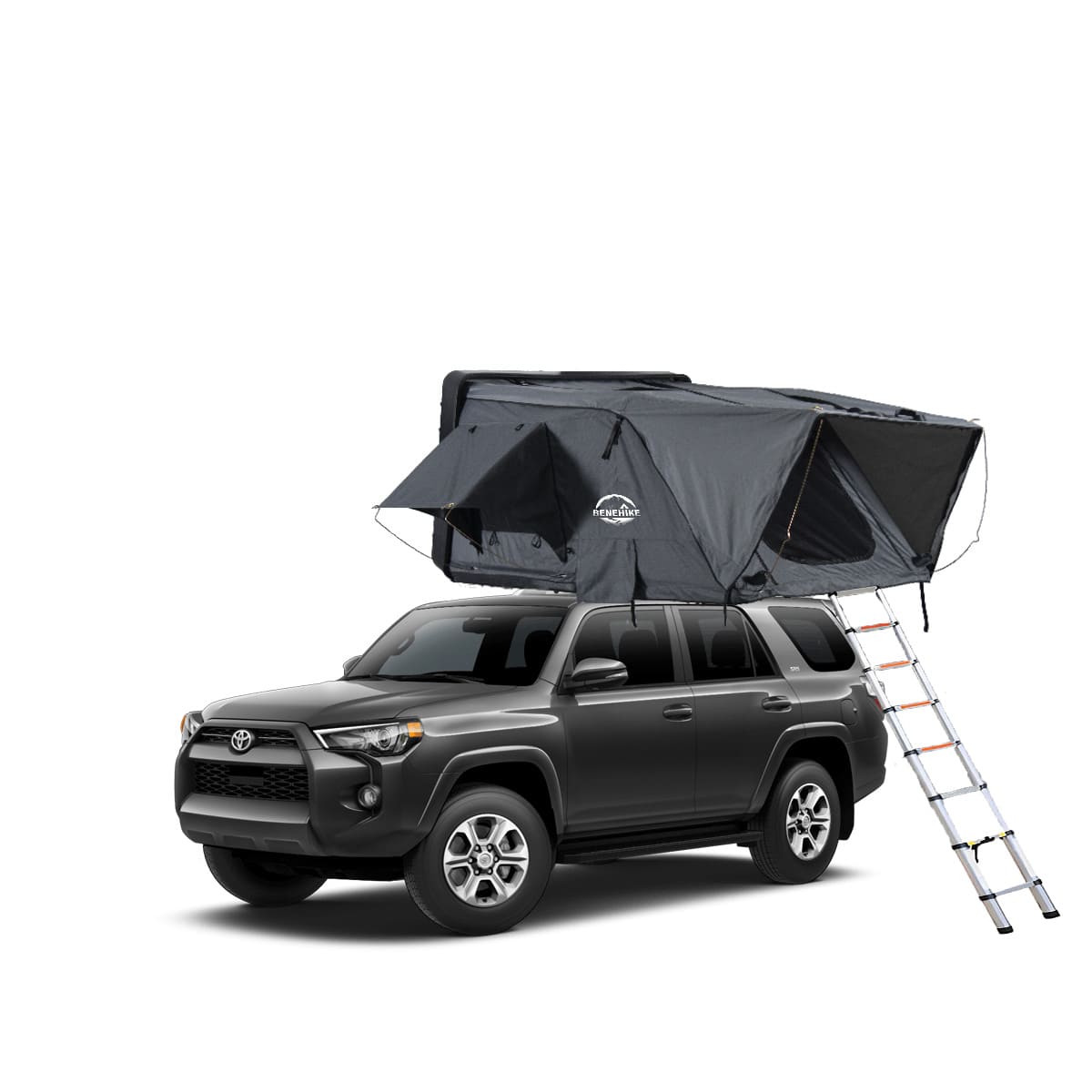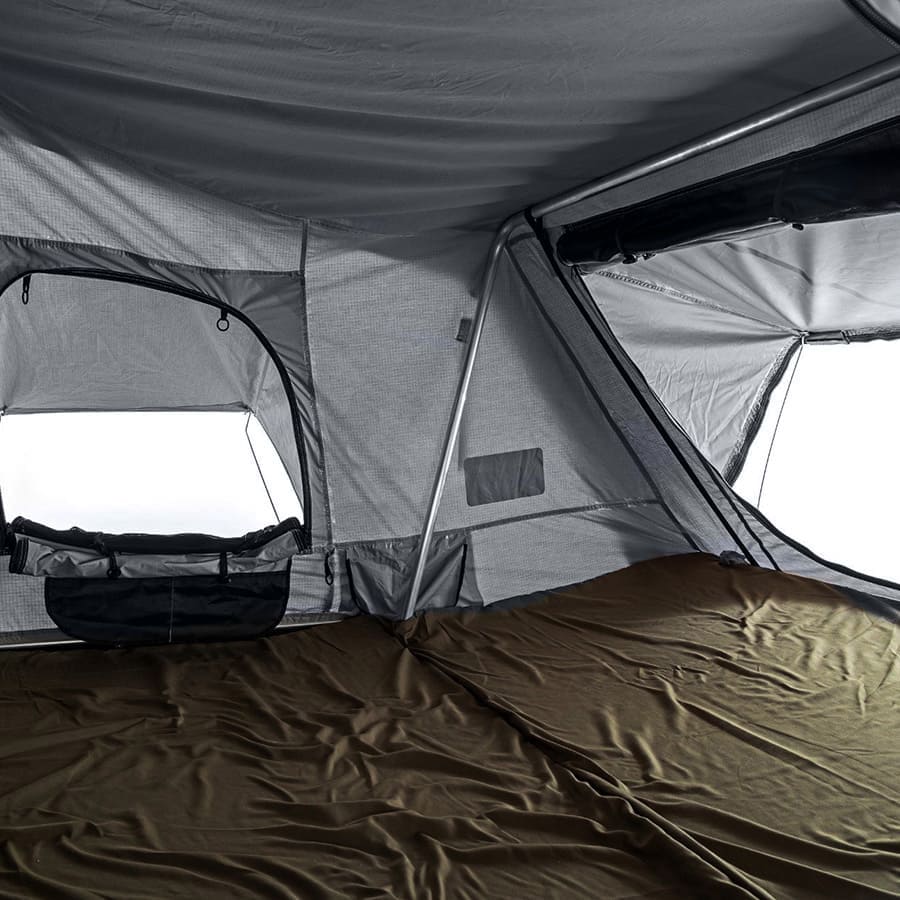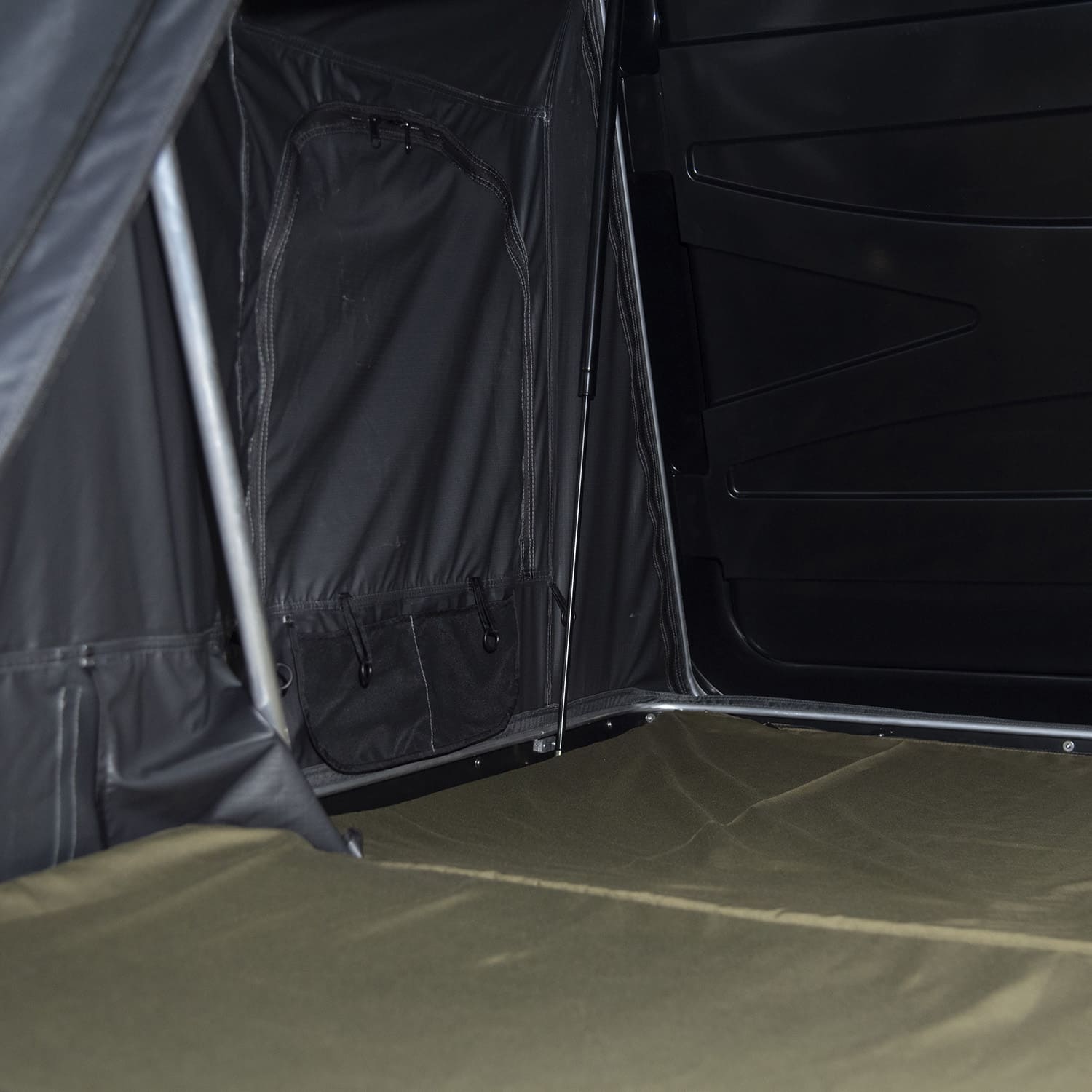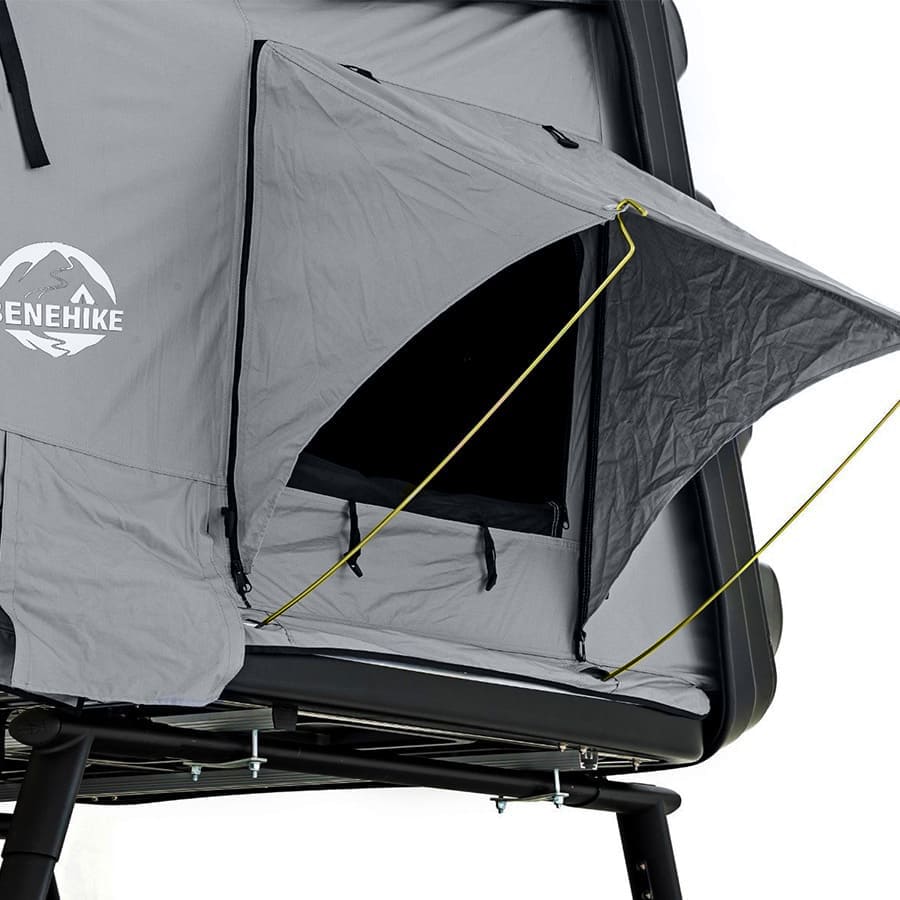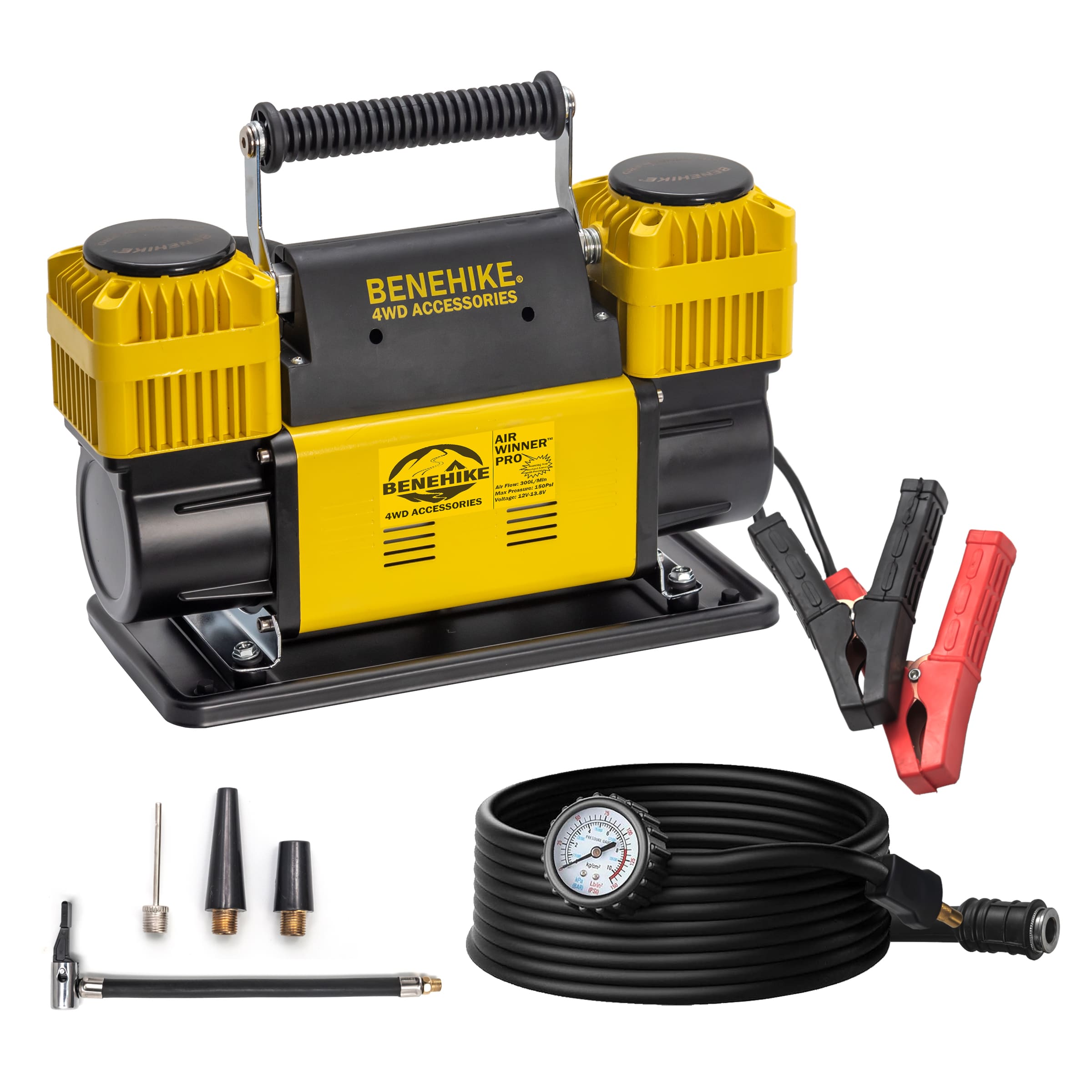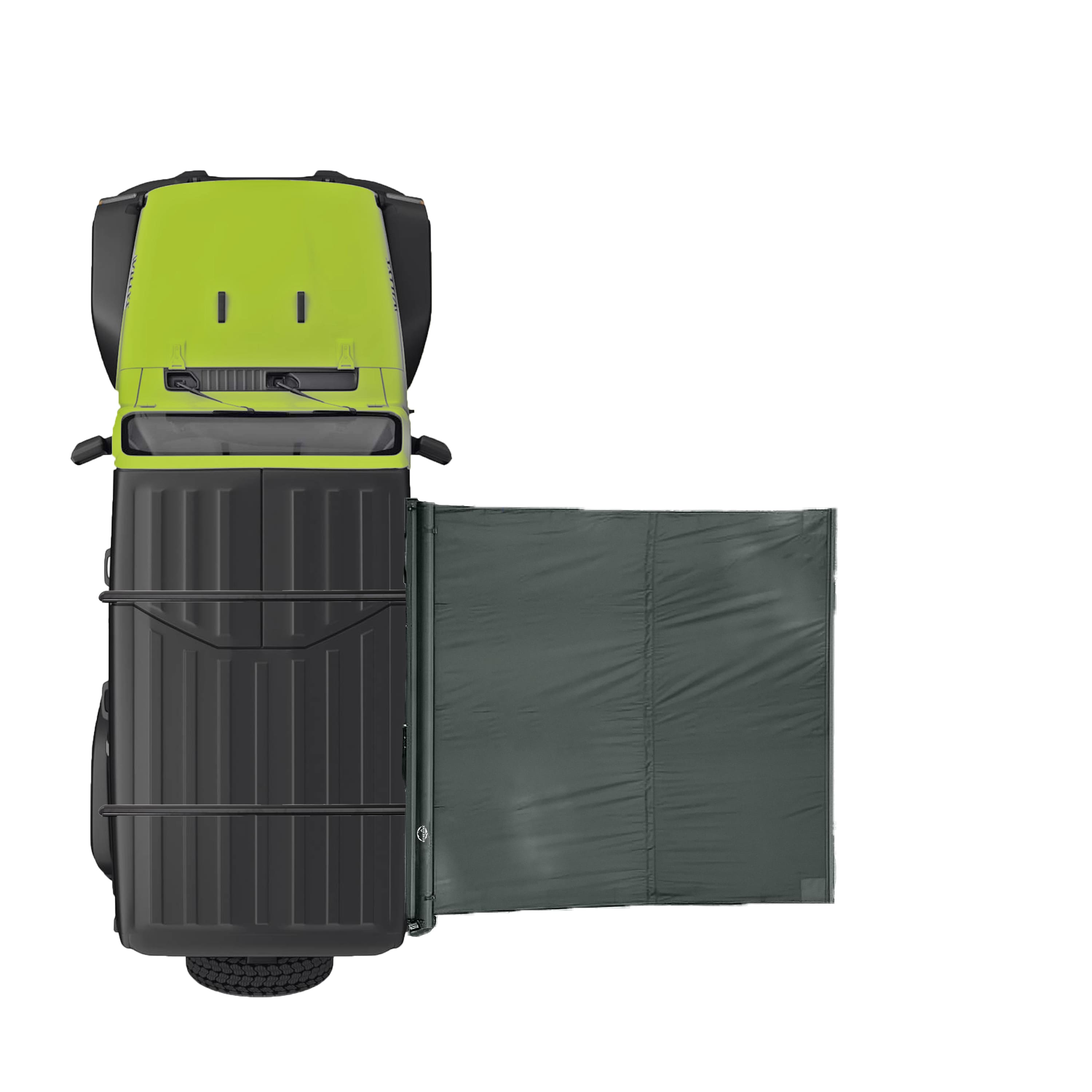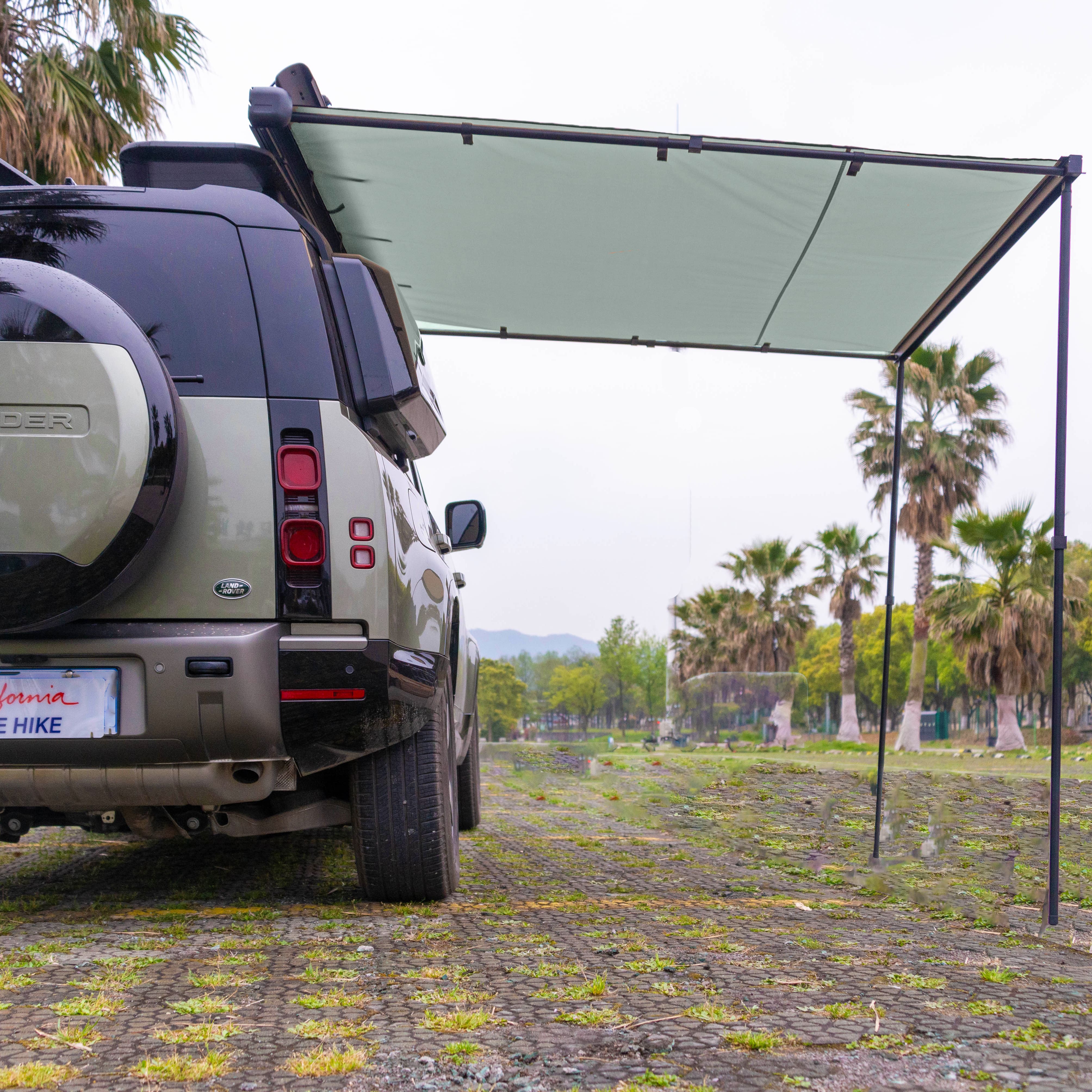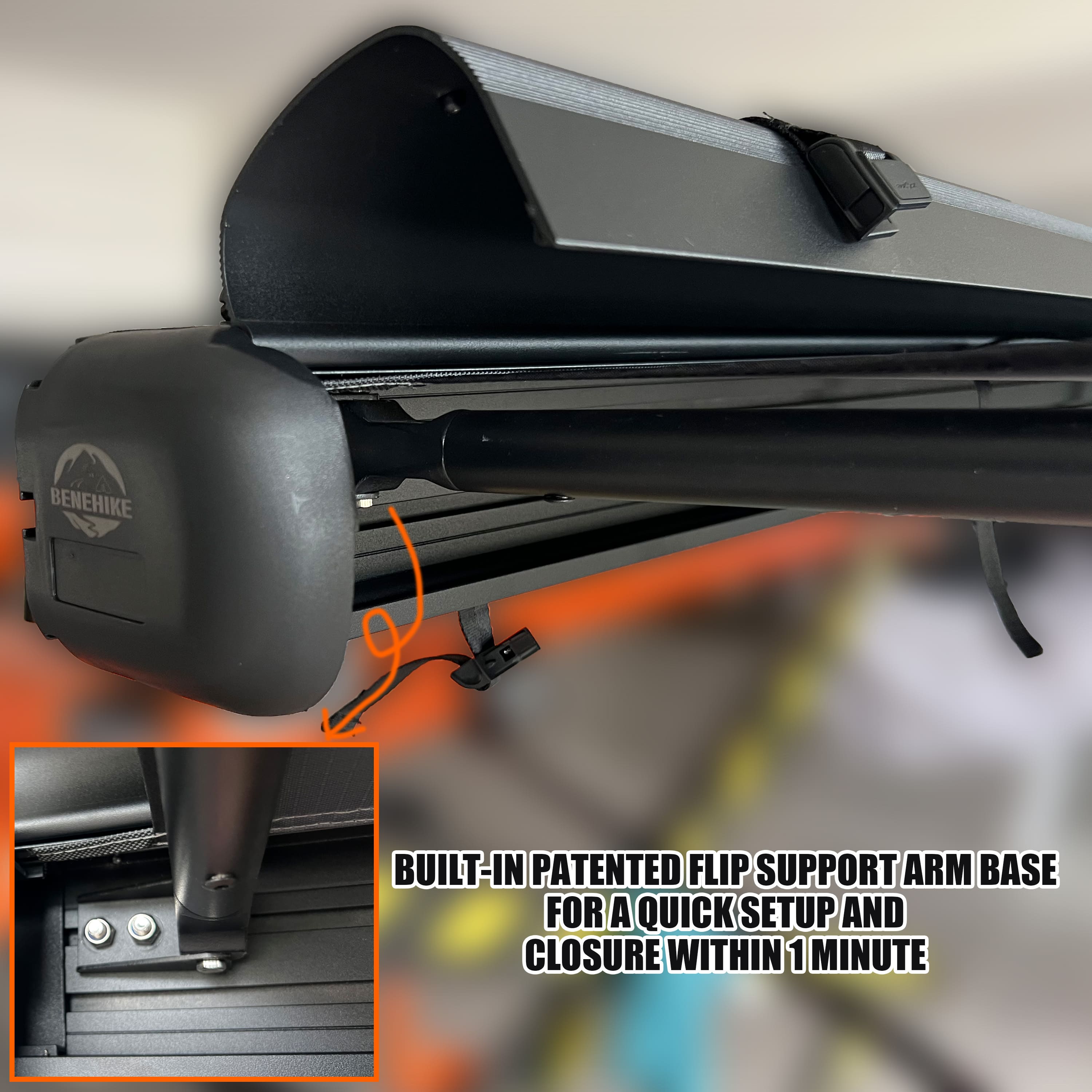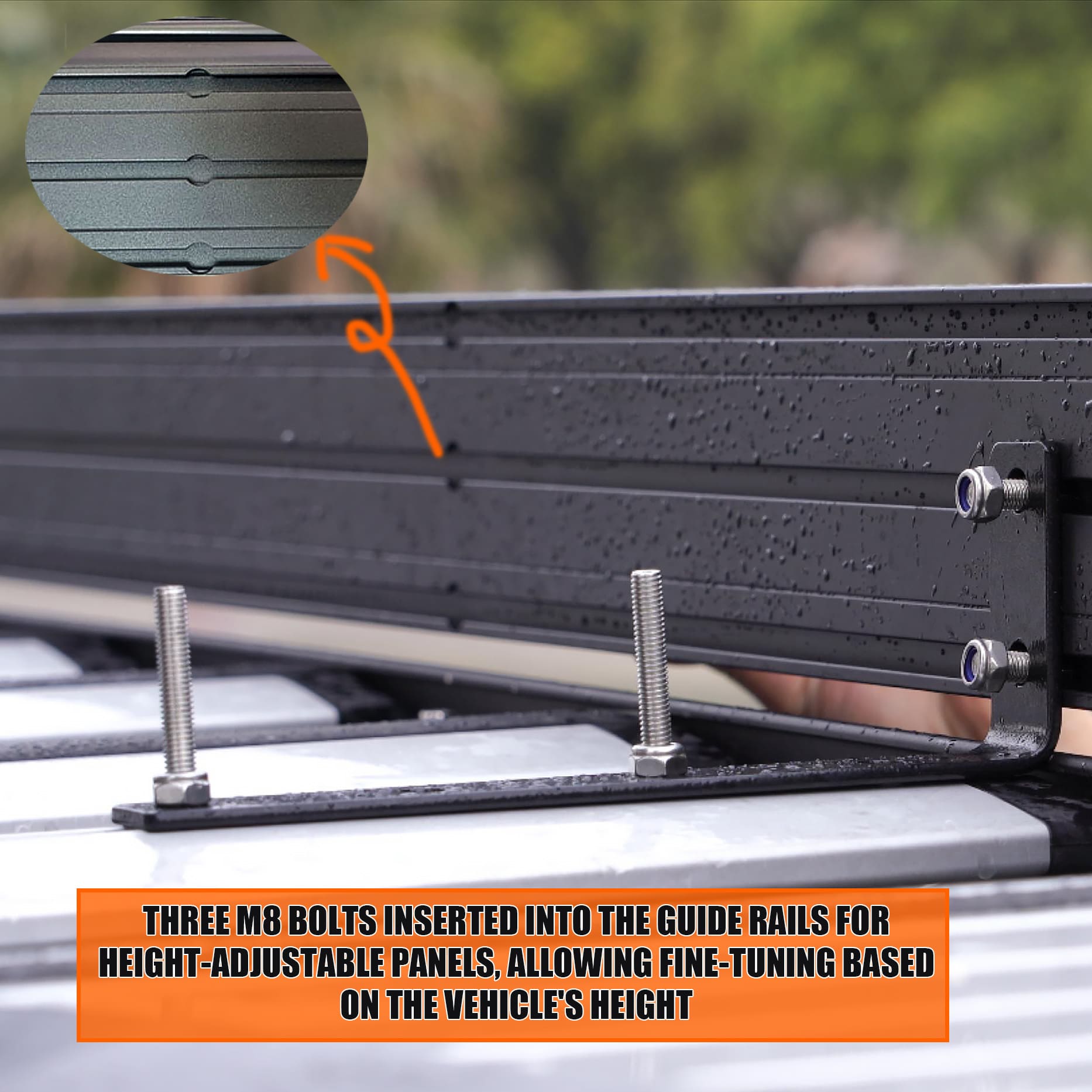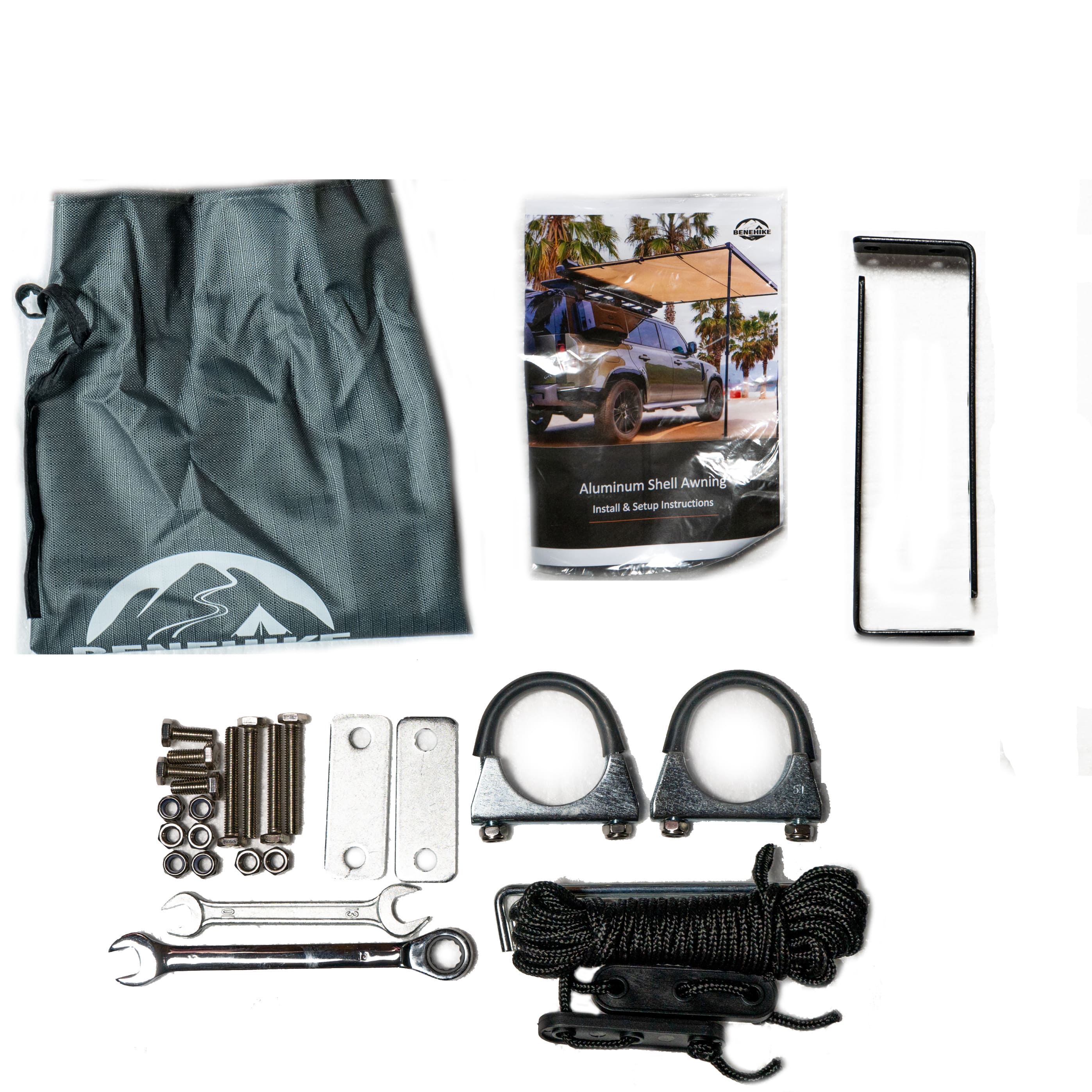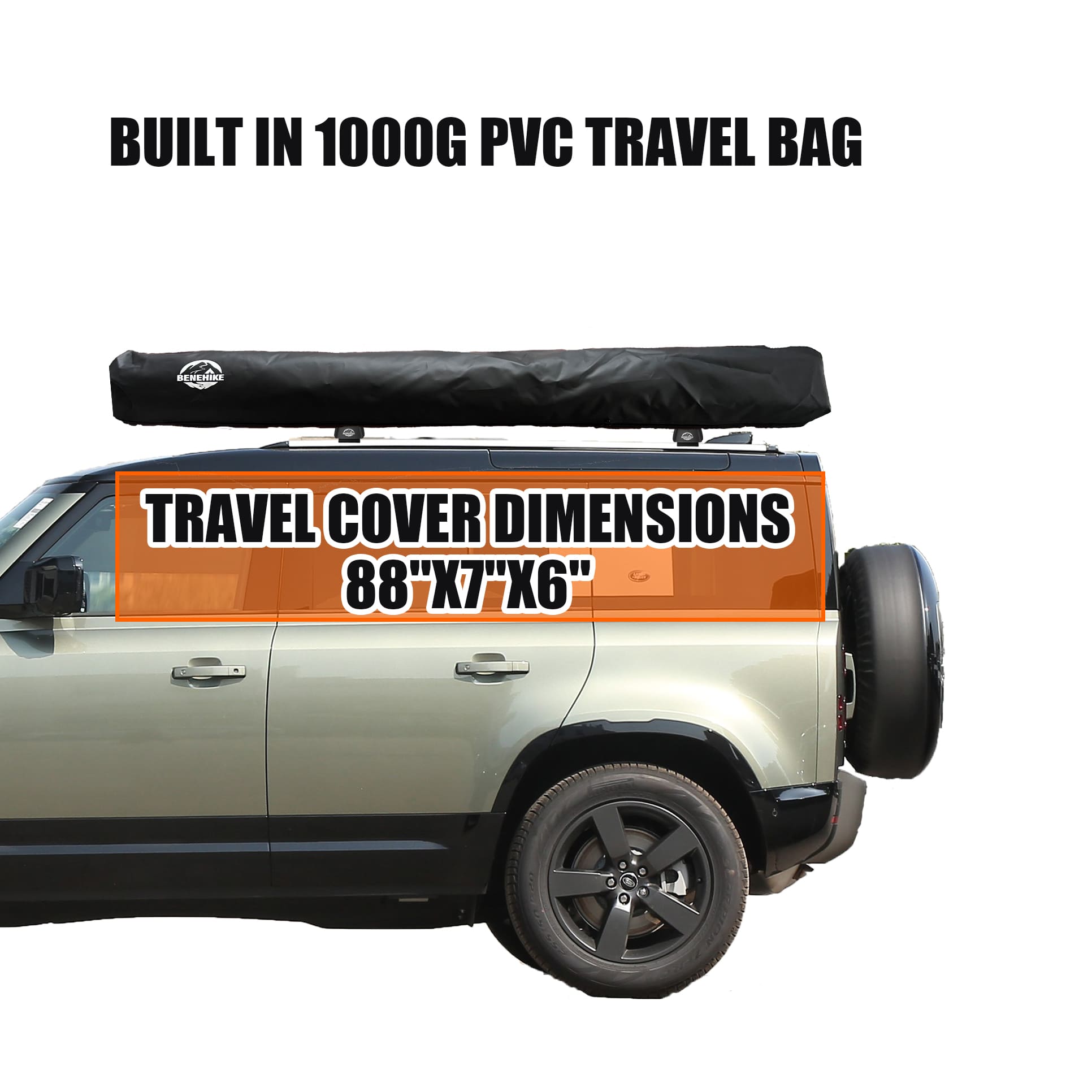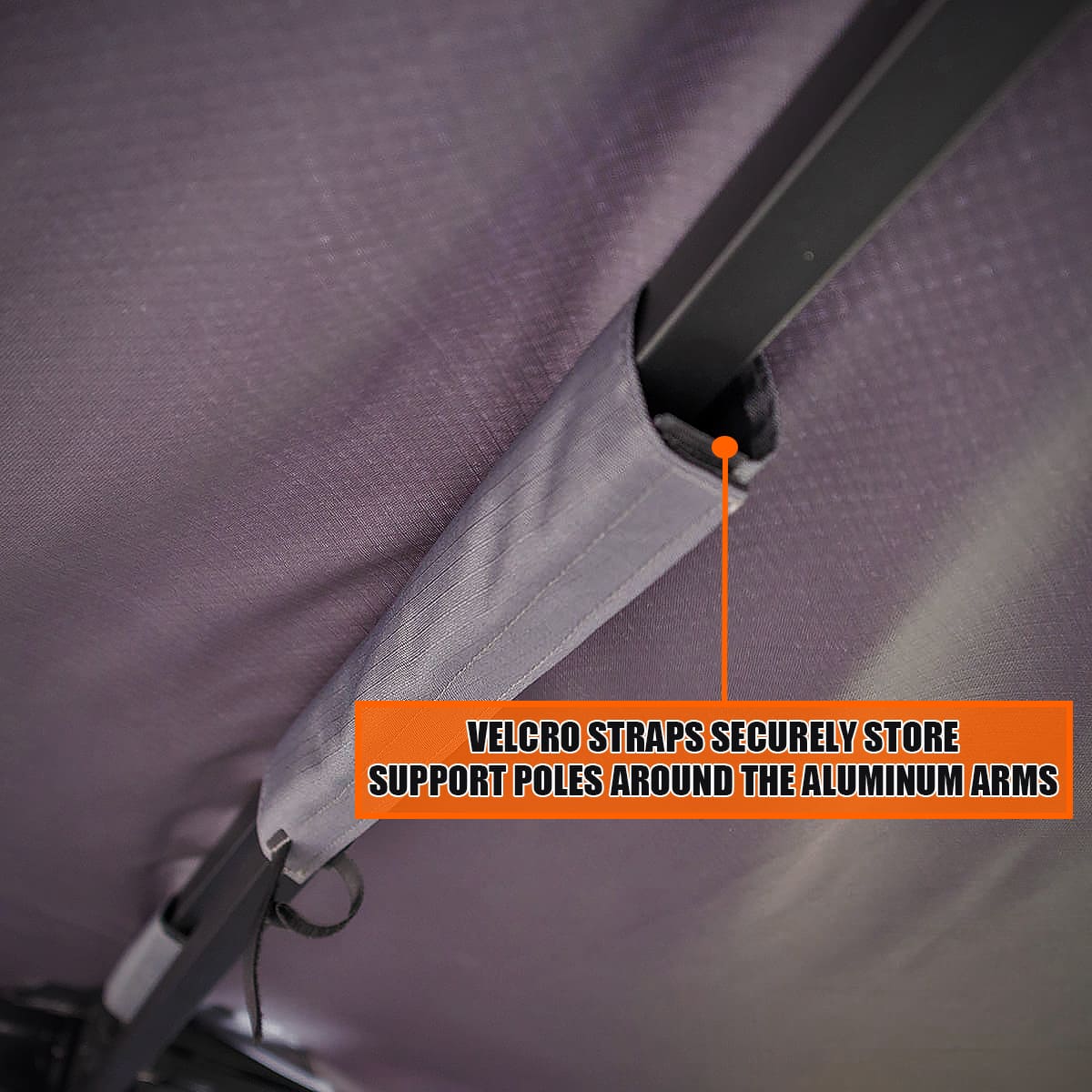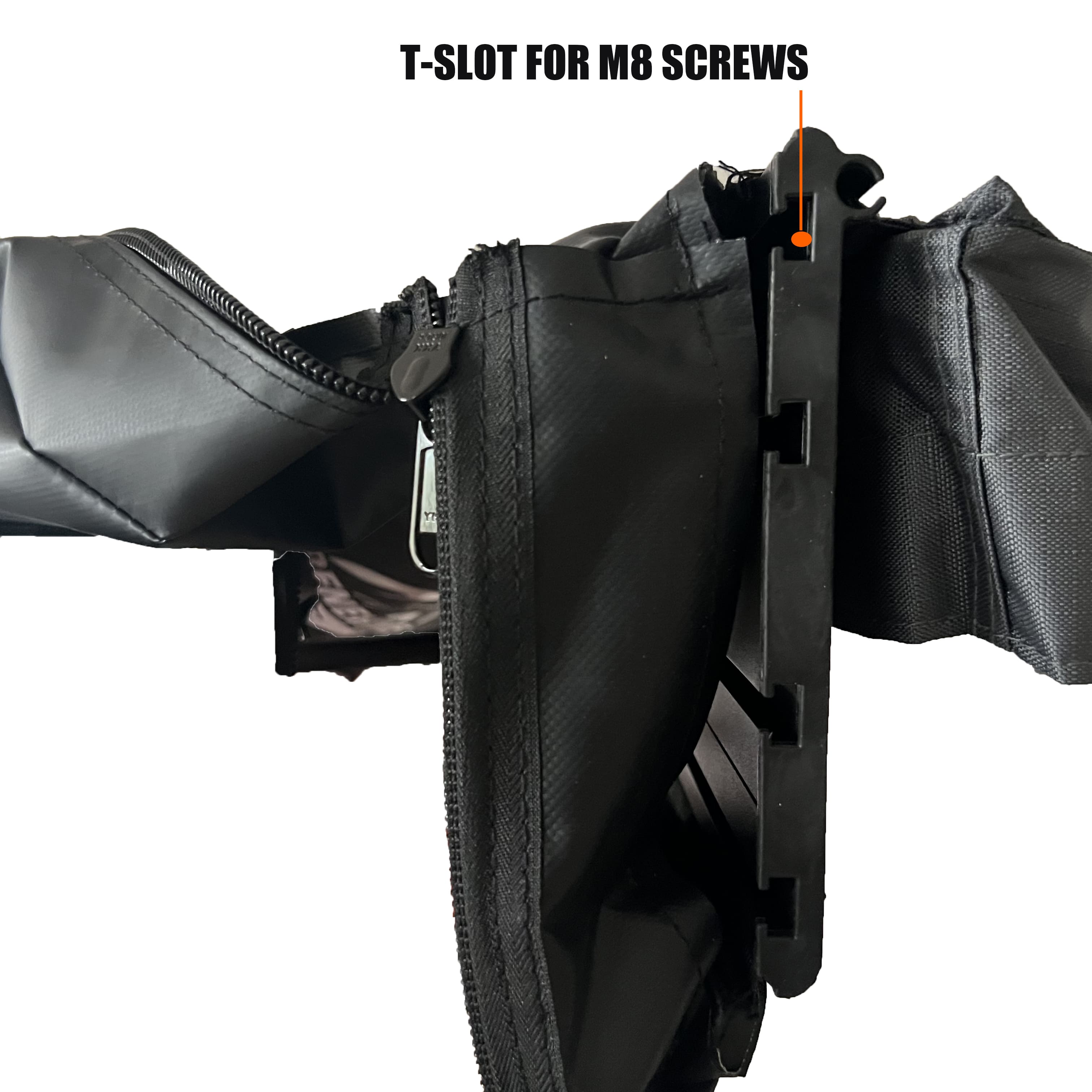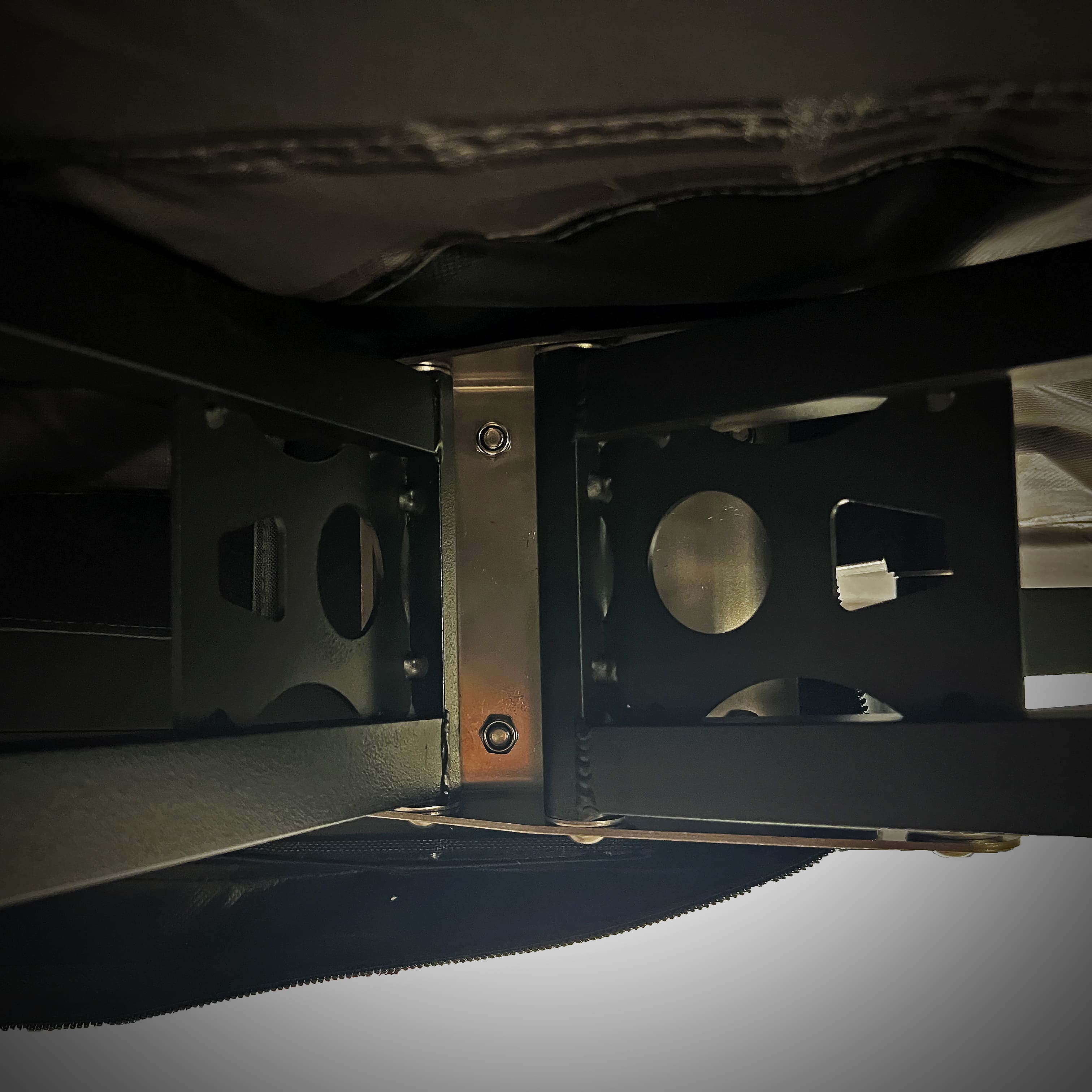If you've ever thought overlanding and off-roading were the same, you're not the only one. Many people who love the outdoors and adventure often mix up these two, since they both involve exploring with vehicles. But, overlanding and off-roading are unique in their own ways.
Ever mixed up overlanding and off-roading? Don't worry, you're not alone. In this article, we'll clear up the differences between these two popular activities.
What is Overlanding
Overlanding is all about the journey. It's a self-reliant adventure travel to remote destinations where the journey is the primary goal. Unlike other forms of travel, overlanding emphasizes the exploration rather than the destination itself. It’s about experiencing different cultures, landscapes, and the challenges of life on the road.
Key Features of Overlanding:
- Long Duration: Overlanding trips can last for weeks, months, or even years.
- Self-Reliance: Overlanders carry their supplies, including food, water, and shelter.
- Versatile Vehicles: Overlanding vehicles are often equipped with off-road capabilities, but comfort and storage take precedence.
- Cultural Interaction: Overlanders often interact with different cultures and environments.
What is Off-Roading
Off-roading, on the other hand, is all about tackling challenging terrain with a vehicle. It's a recreational activity centered on driving through rugged landscapes like mud, sand, rocks, and other natural terrain. Off-roading is more about the challenge and the thrill of conquering tough trails.
Key Features of Off-Roading:
- Short Duration: Off-roading is typically a day activity or spans a weekend.
- Specialized Vehicles: Off-road vehicles are modified to handle rough terrain, focusing on power, suspension, and durability.
- Skill-Based: Off-roading requires technical driving skills to navigate through challenging paths.
- Adventure Sport: It's more about the sport and less about travel or cultural experience.
Equipment and Preparation
Both activities require specific types of vehicles and preparation:
-
Overlanding Vehicles: Typically four-wheel drives (4WD) with modifications for long-distance travel, like extra fuel tanks, rooftop tents, and storage for supplies.
- Off-Roading Vehicles: More extreme modifications for terrain challenges, including larger tires, lifted suspensions, and enhanced 4WD capabilities.
Preparation is key in both. For overlanding, planning includes route mapping, supply management, and ensuring vehicle reliability. In off-roading, preparation focuses more on vehicle capability and safety gear.
Safety and Environmental Considerations
Safety is paramount in both overlanding and off-roading. Proper training, understanding of the vehicle’s capabilities, and respect for the environment are essential. Both activities require adhering to environmental regulations to ensure that natural habitats are preserved for future adventurers.
Choosing Your Adventure
Your choice between overlanding and off-roading depends on what you seek from your outdoor experience. If you crave a longer, more culturally immersive journey, overlanding is your go-to. If you're looking for a weekend filled with adrenaline-pumping challenges, off-roading is your best bet.
Conclusion
Both overlanding and off-roading offer unique ways to connect with nature and quench your thirst for adventure. While overlanding is about the journey and cultural experiences, off-roading is about conquering tough terrains and enjoying the thrill. Whichever path you choose, respect for nature and preparation is key. So, gear up, choose your adventure, and set out to explore the great outdoors!






